Let’s start with the most unusual bird of the week—actually, ever—a hurricane victim. Yeah, remember the wind and rain we got last weekend as a result of Hermine moving inland? Well, it caught this poor bird in its winds and blew him hundreds of miles off course. What species am I referring to?
A red-billed tropicbird. Apparently the folks that do the bird naming just ran out of good names and stuck these gorgeous birds with a kinda pedestrian but descriptive name. They’re tropical and almost never seen even along the US East and West coasts, as their normal range is pretty much a U-shaped region from more or less Central America through the Panama Canal, roughly, to the Caribbean. Their legs are set far back on their bodies, like loons, and they’re only on land to raise their babies, as they have to drag themselves along by their wings on land. They spend most of their lives airborne, diving to catch squid and fish, and have much smaller feet than loons, making them less agile swimmers.
After some quick research to determine their normal range, I called colleague Veronica Bowers in California, hoping she’d know someone who’d worked with these birds. She referred me to Save Our Shearwaters (SOS) in Hawaii, who’d worked with the red-TAILED tropicbird, a similar species. I was happy to find that my basic care plan was on track with what SOS recommended. Their main concern was his weight, as a healthy weight would have been around 6-700g. This poor guy weighed in at 330g, about half what he should have. He was also exhausted. Still, we were hopeful that he’d make it. Unfortunately, he died that night.
I called DNR wildlife biologist Chris Baumann the next morning to see if DNR could use the carcass for educational purposes, and within two days Chris called back to say that the Georgia Museum of Natural History was eager to have the bird for study and display. So even though he didn’t make it back to his home territory, he’ll educate generations of Georgians about his species.
Unfortunately, the x-rays did show a fracture in the rough equivalent of his hand, near the wrist. It may interfere with full extension of the wing, but vets Richie Hatcher and Peggy Hobby agreed that we should give him time to heal to see if he’ll be able to fly again. Problem is, he’s facing a time crunch, as these birds are already migrating to South America for the winter. Because common nighthawks are aerial insectivores, adult birds must be force-fed in rehab, which adds another layer of stress, so they don’t make good candidates for overwintering. Keep your fingers crossed that this guy heals in time to make migration.
He was doing great, inhaling food, and then Thursday evening he didn’t eat his mouse. He was well-fleshed on intake, and it’s not unusual for red-tails to go without eating for a day or two, even in rehab, so I wasn’t too concerned. Within 24 hours he was dead. No rhyme or reason, just from healthy, alert and eating everything offered to not eating and dead. THIS is when a necropsy would be useful.
His leg was badly broken and I suspected it couldn’t be fixed, but he also went to Smalley’s for x-rays that confirmed my suspicions. Peggy took one look at the x-ray and exclaimed, “Oh, that is REALLY messed up!”
The red shoulder was humanely euthanized.
He was alert and able to stand and honestly, I’ve never had a heron come in that wasn’t on the thin side, so I figured all he needed was a few days of R&R and unlimited fish—if he’d self-feed. Great blue herons are really bad about not self-feeding in rehab, but the smaller herons don’t seem to have those issues, so I figured this gorgeous little guy would eat just fine if nothing else was going on.
And brother, did he EAT. I wiped out my cousin’s minnow supply at his bait and tackle store!
I also got in two more mourning doves last week, a nestling and a fledgling. The nestling didn’t survive; the fledgling is in the flight pen with the older two who were slated for the flight last week. No pix of any of them, as they refuse to let me near them now.
And while you can’t SEE anything in the video clip below, turn up your speakers and LISTEN to the screech making the adorable little trilling sound characteristic of his species. I love their trills, absolutely LOVE ‘em! He’s slated for release this week. He’s definitely ready to go.
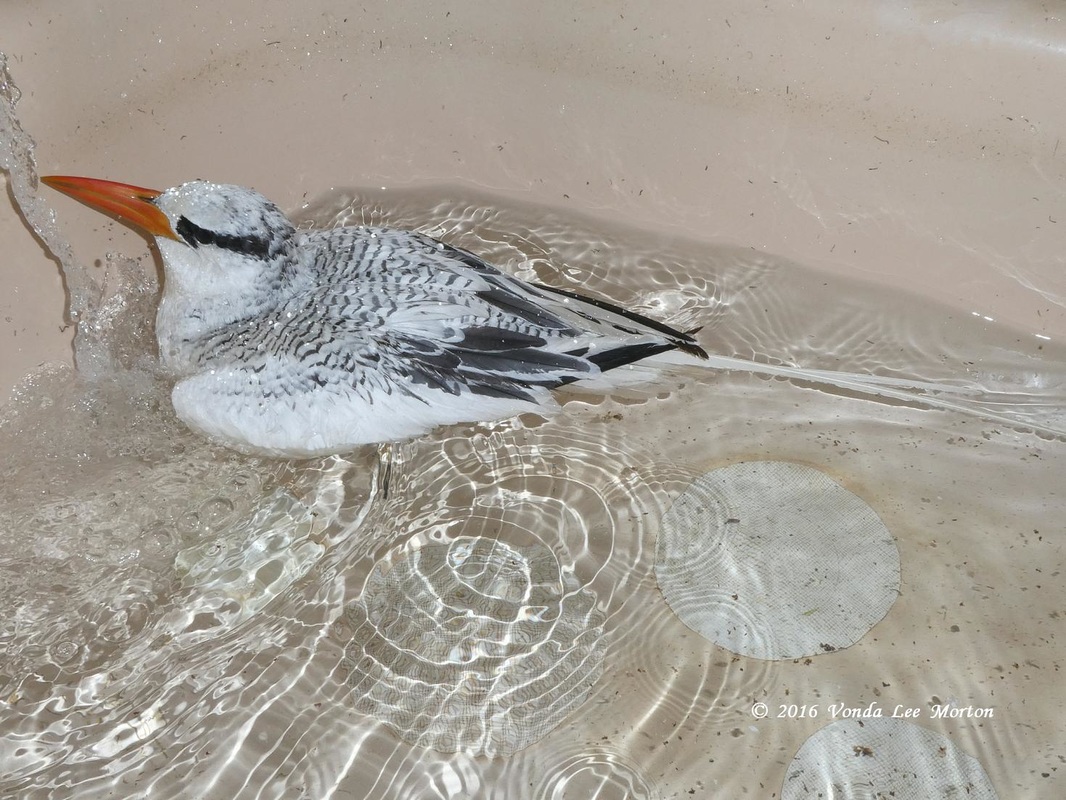
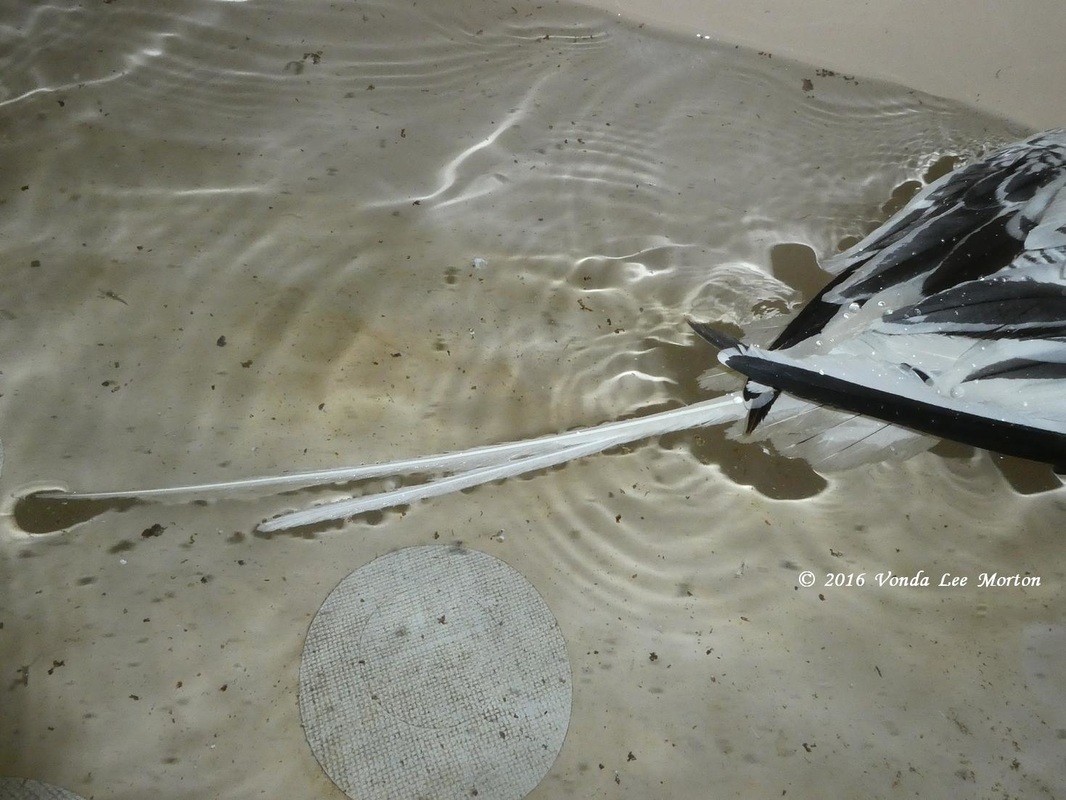
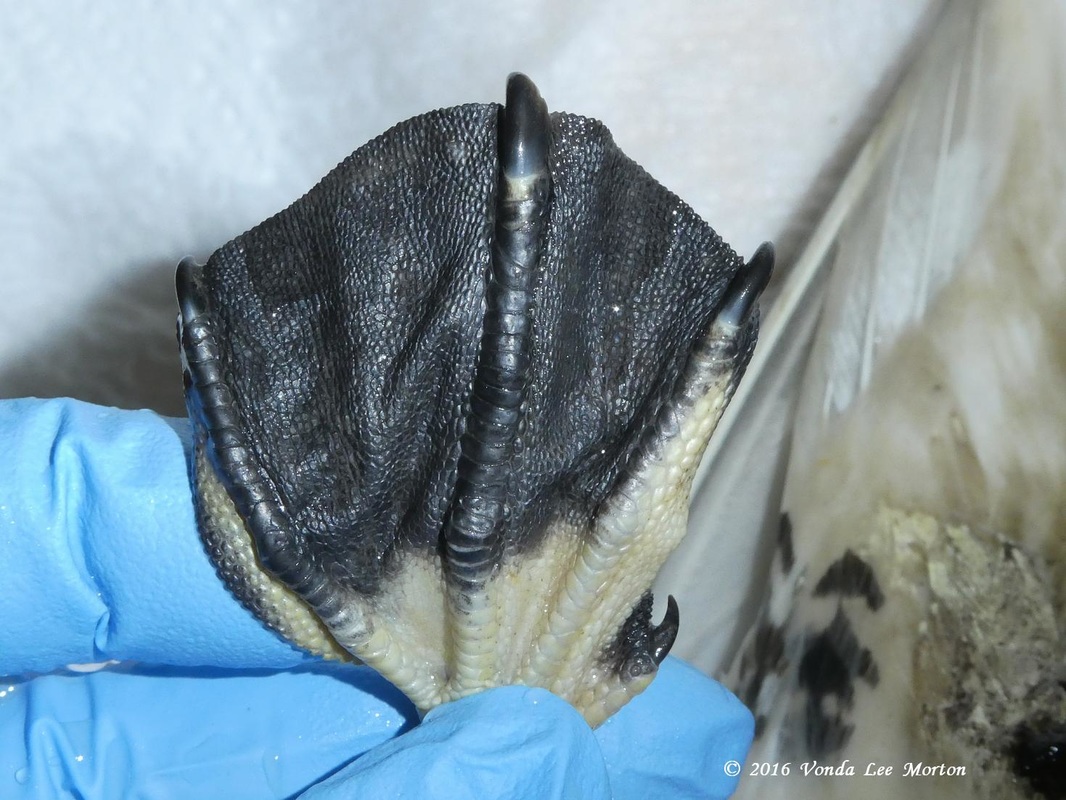
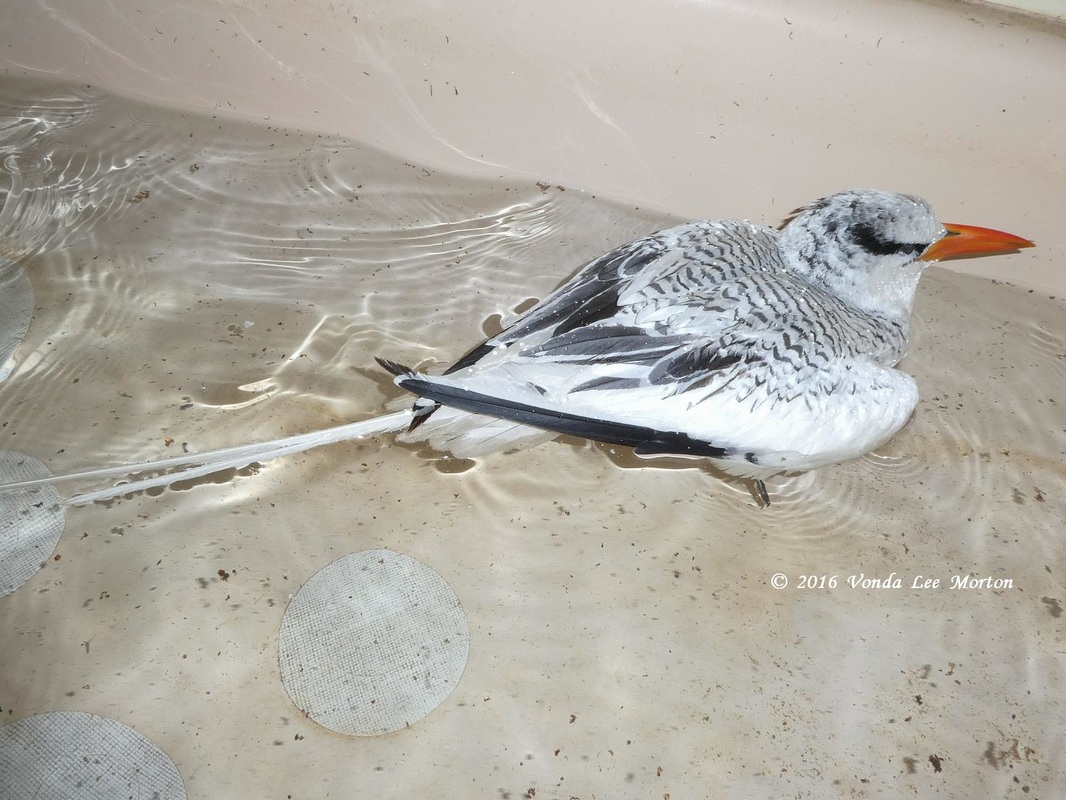
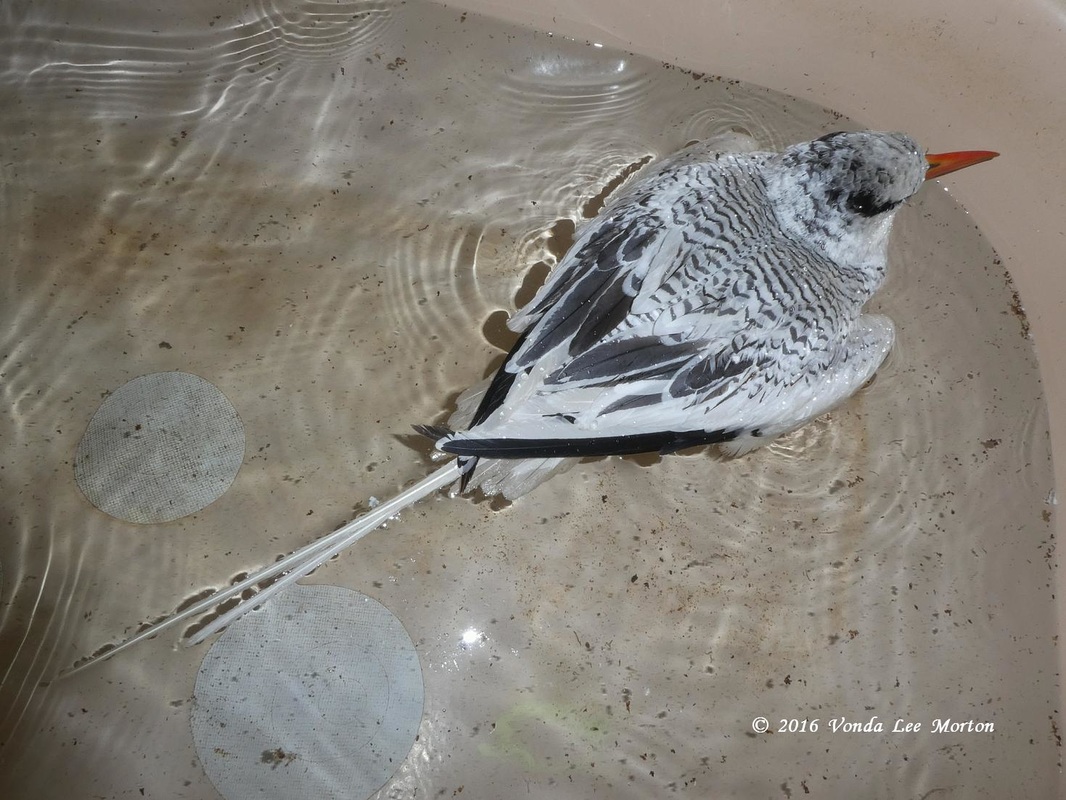
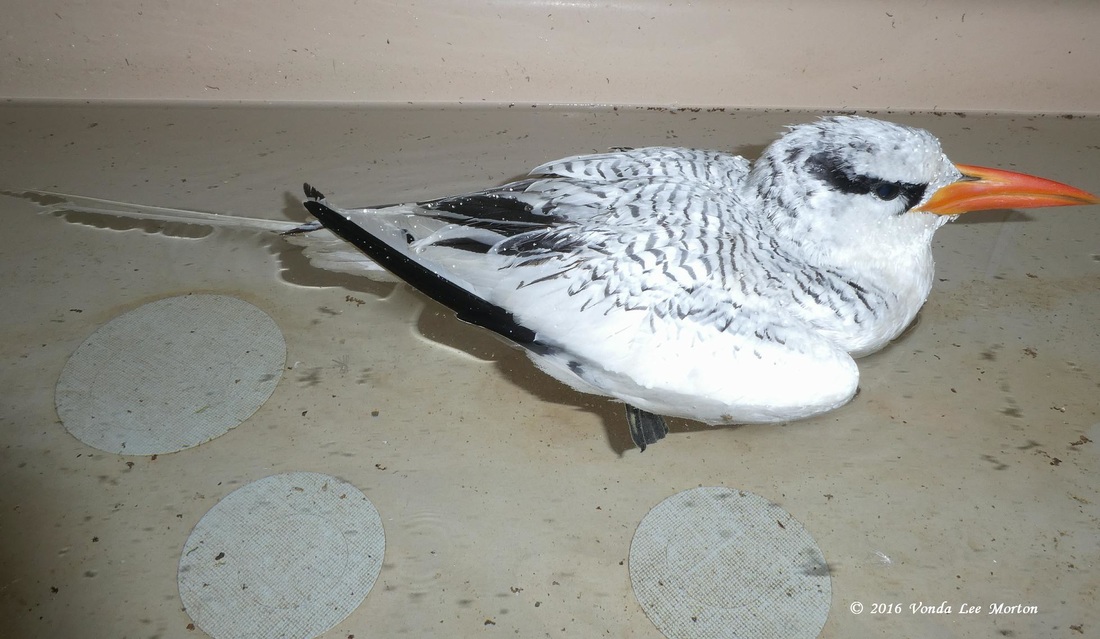
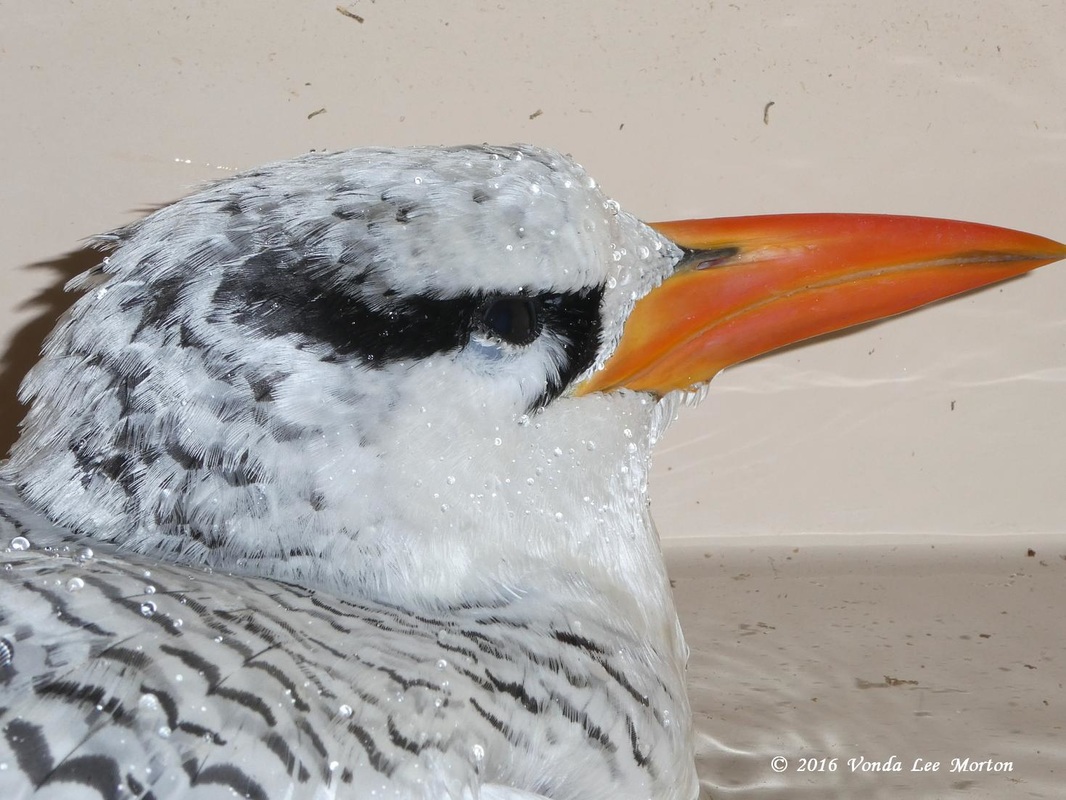
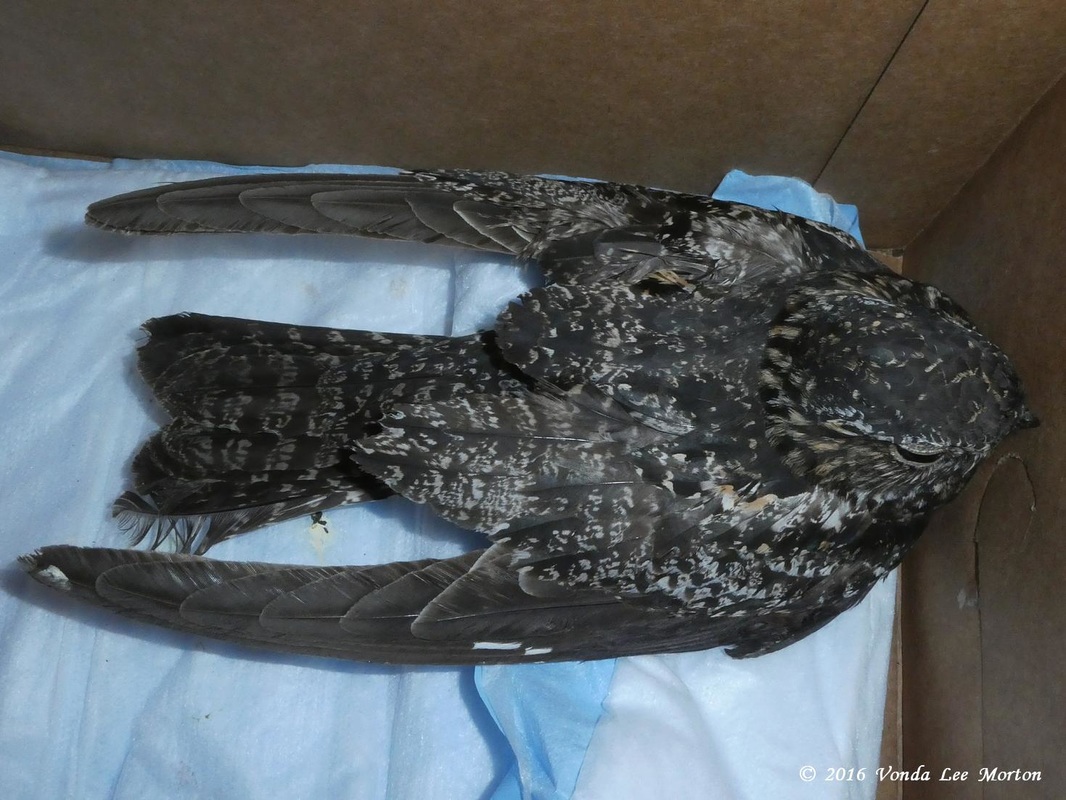
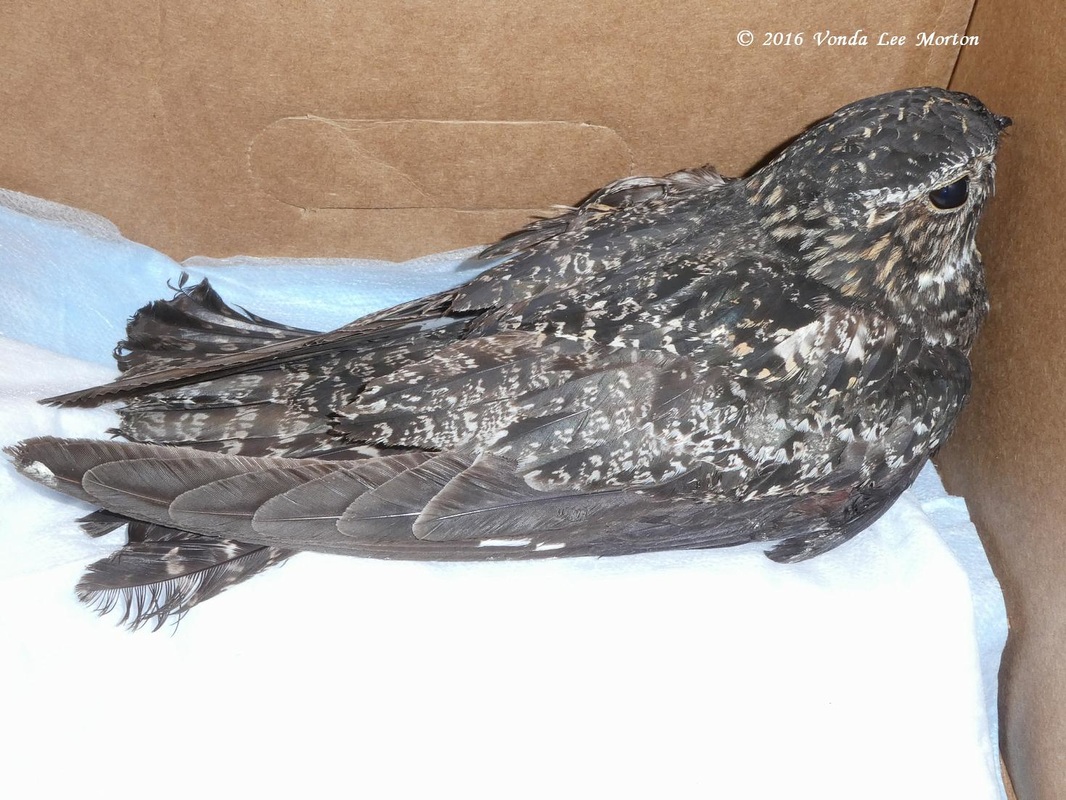
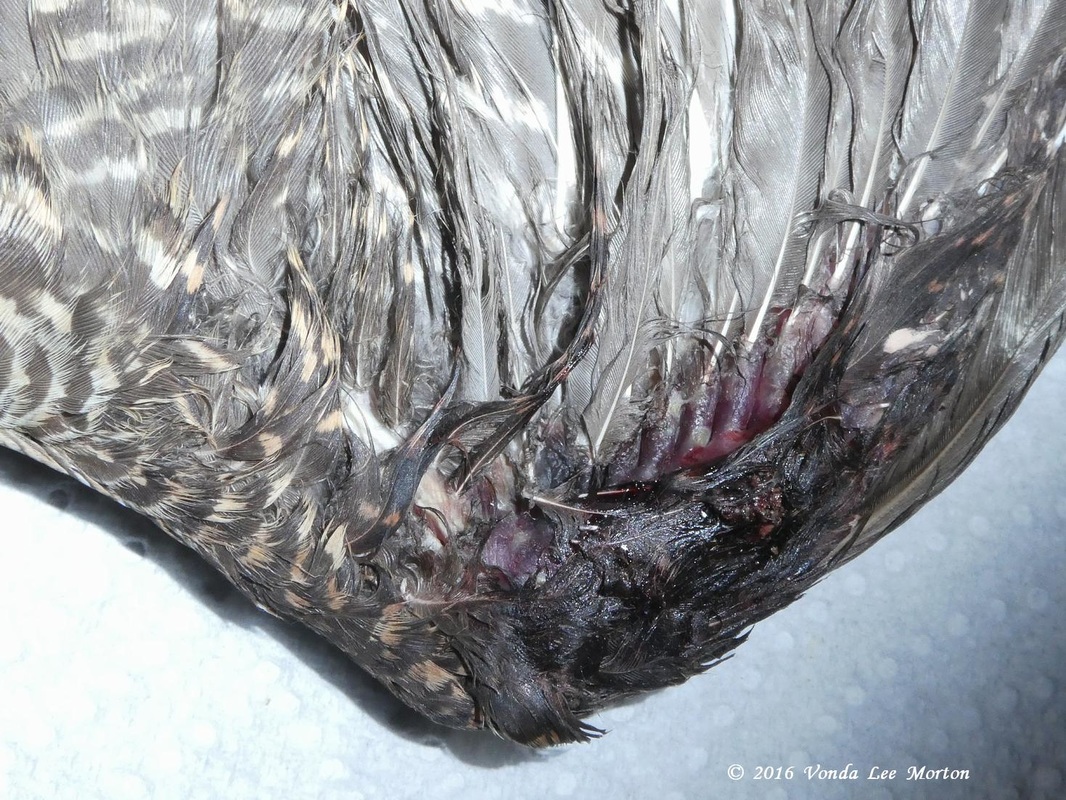
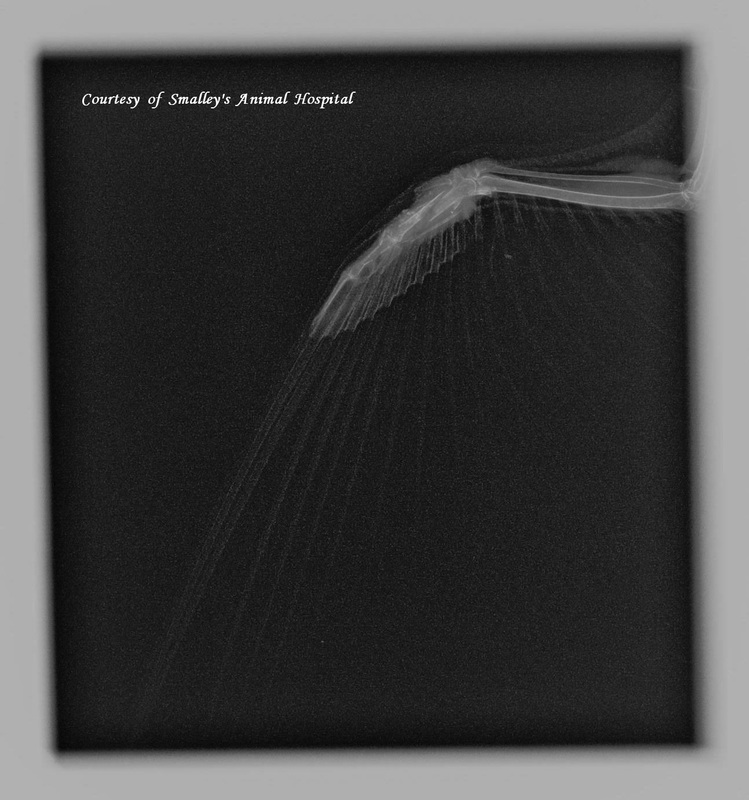
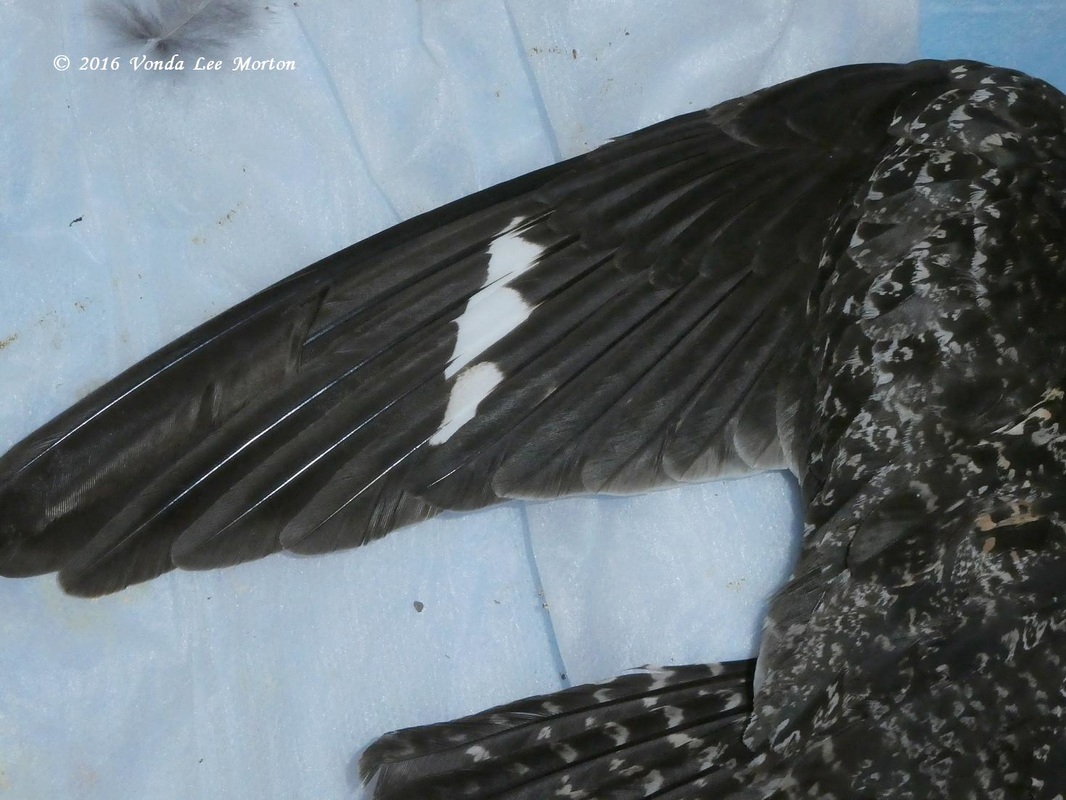
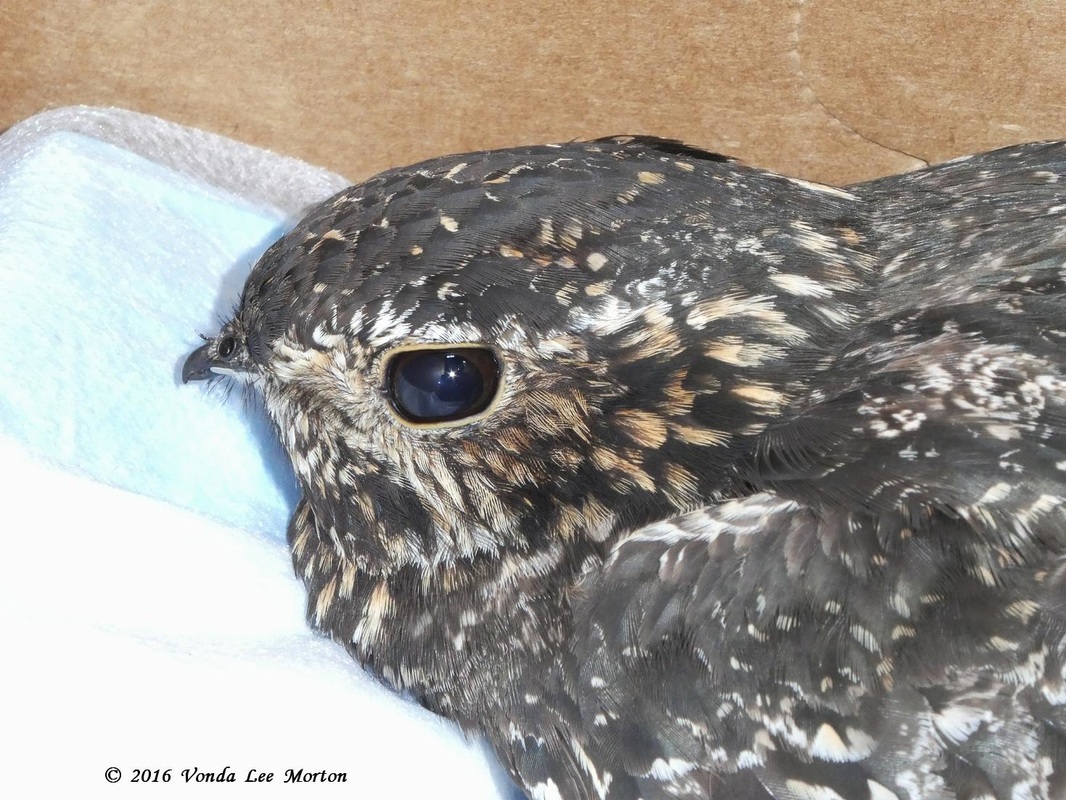
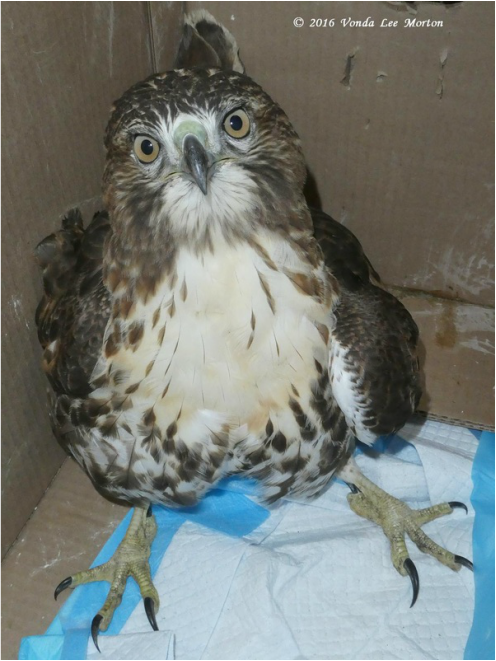
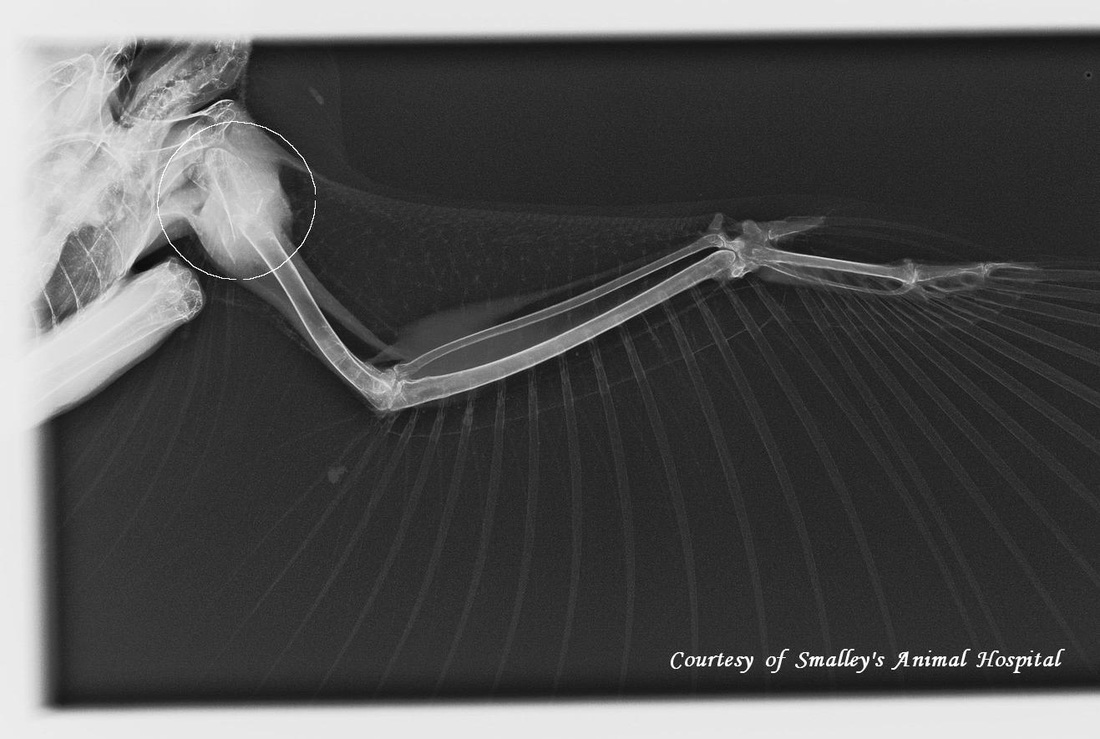
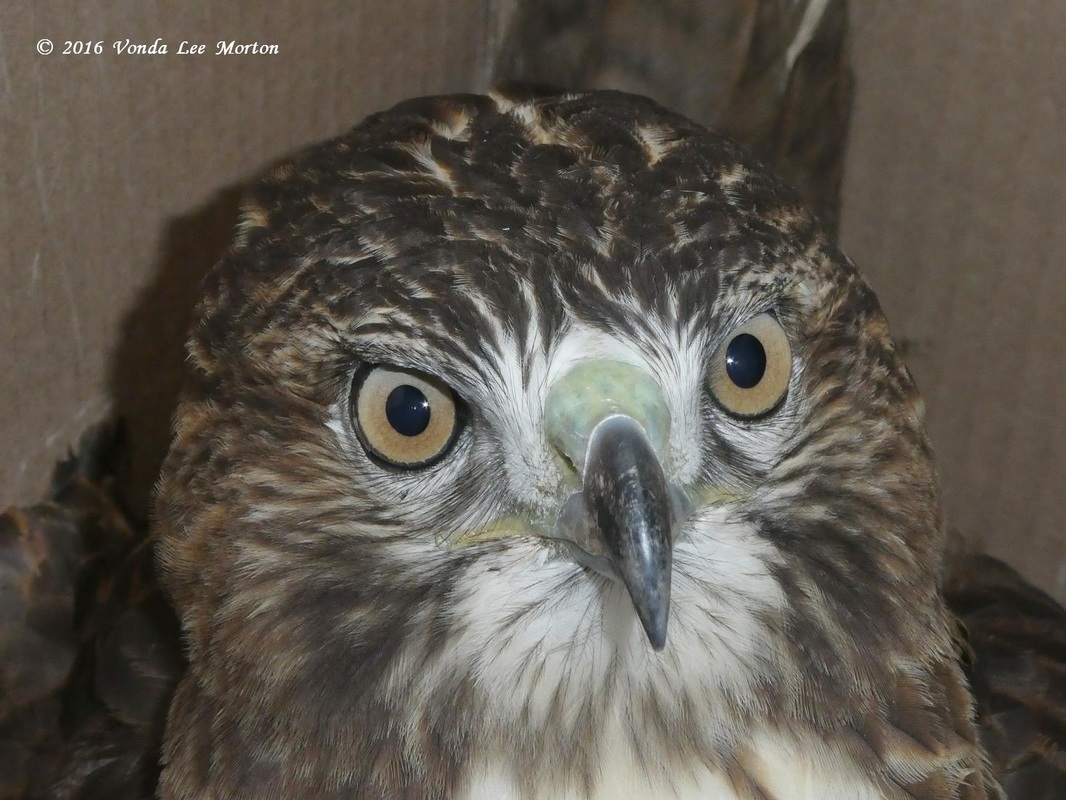
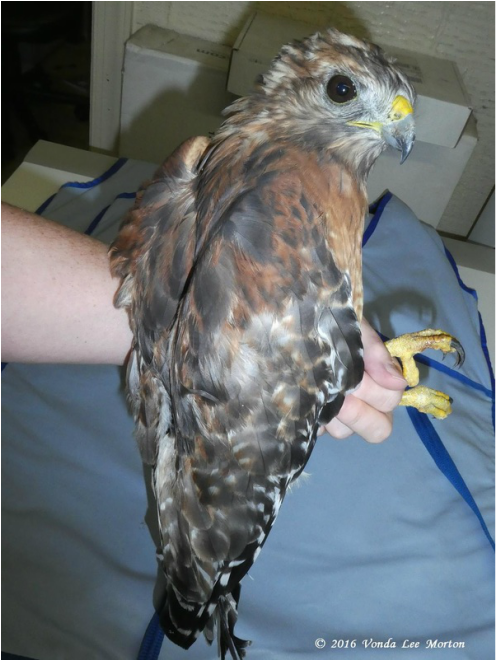
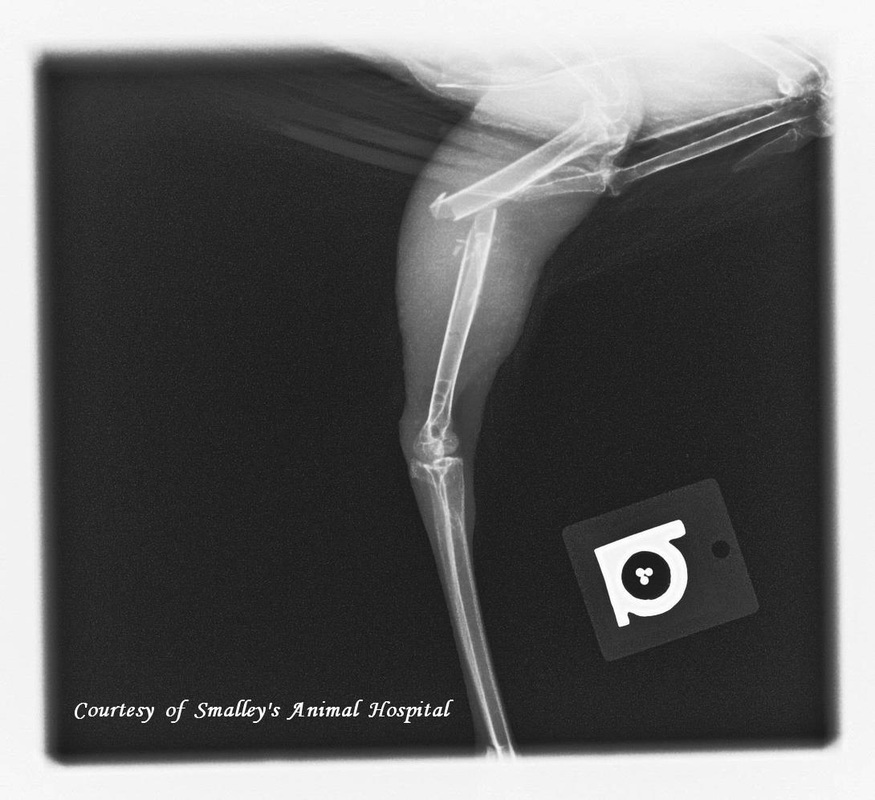
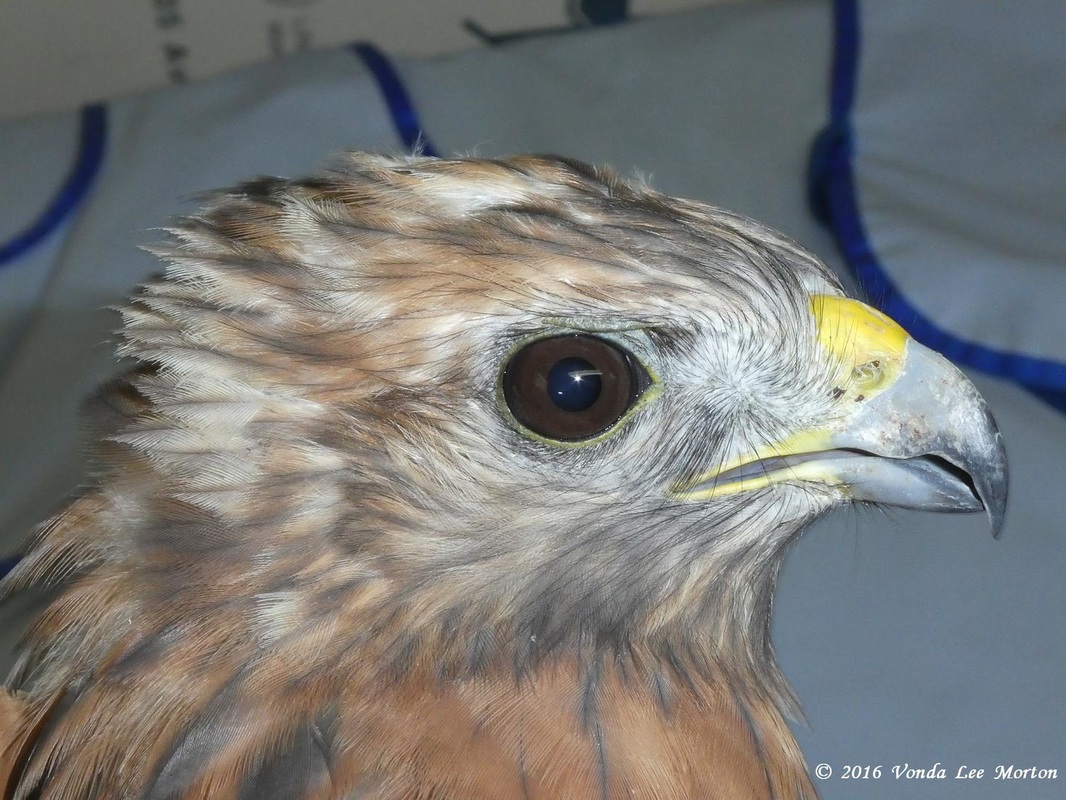
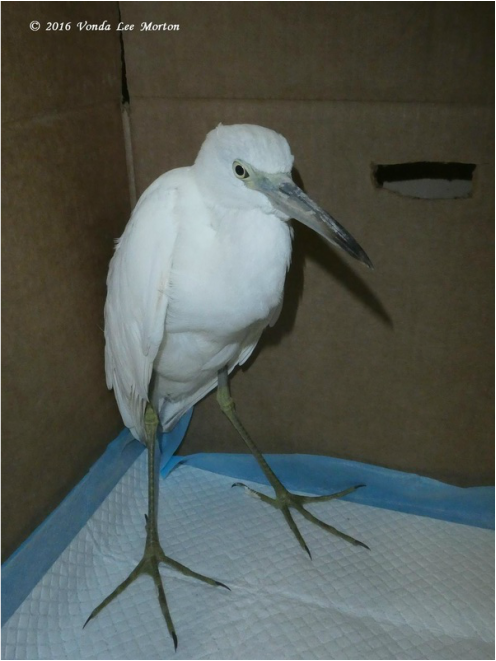
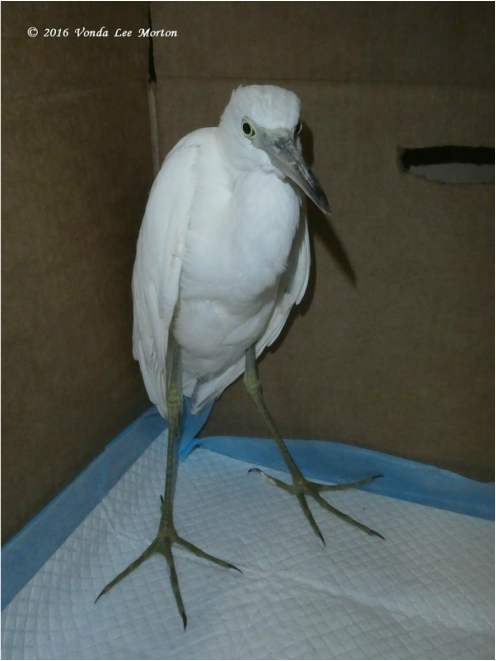
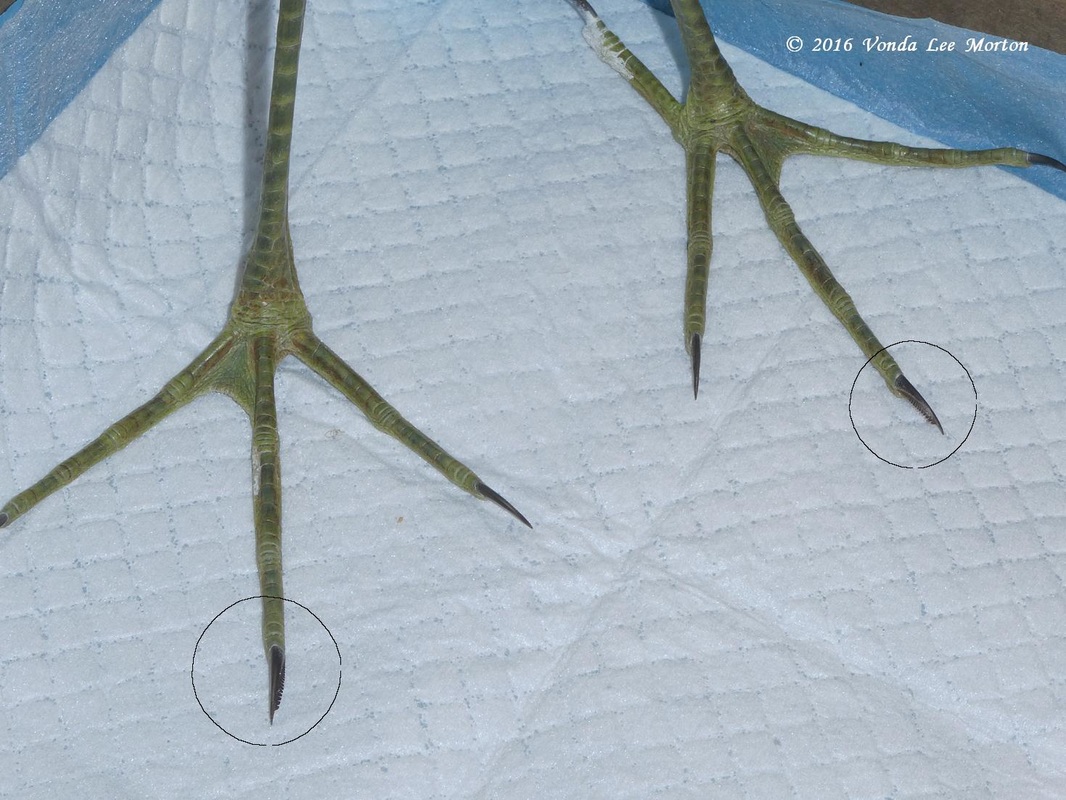
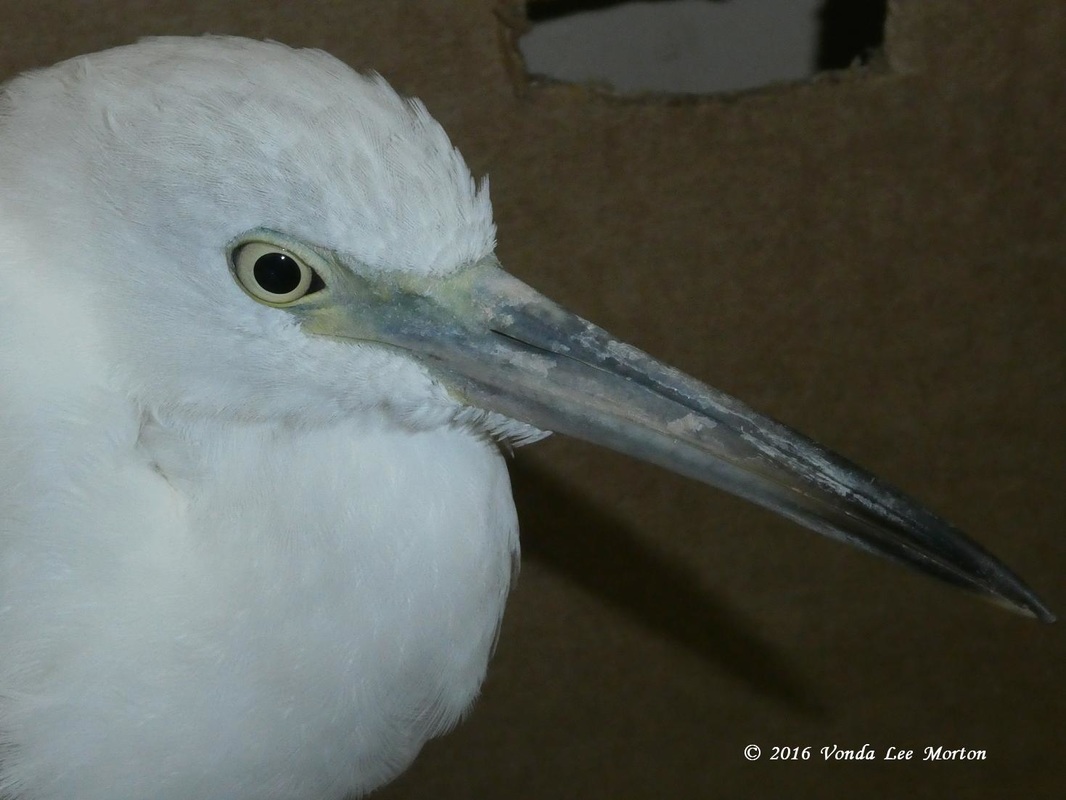
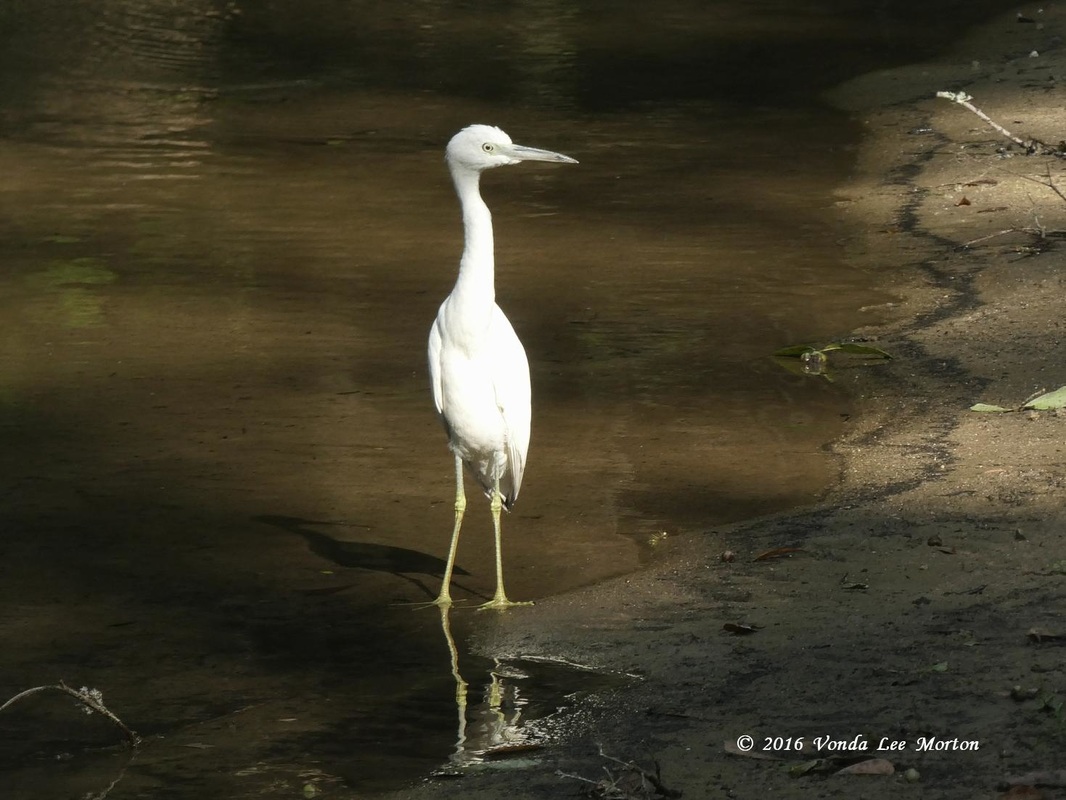
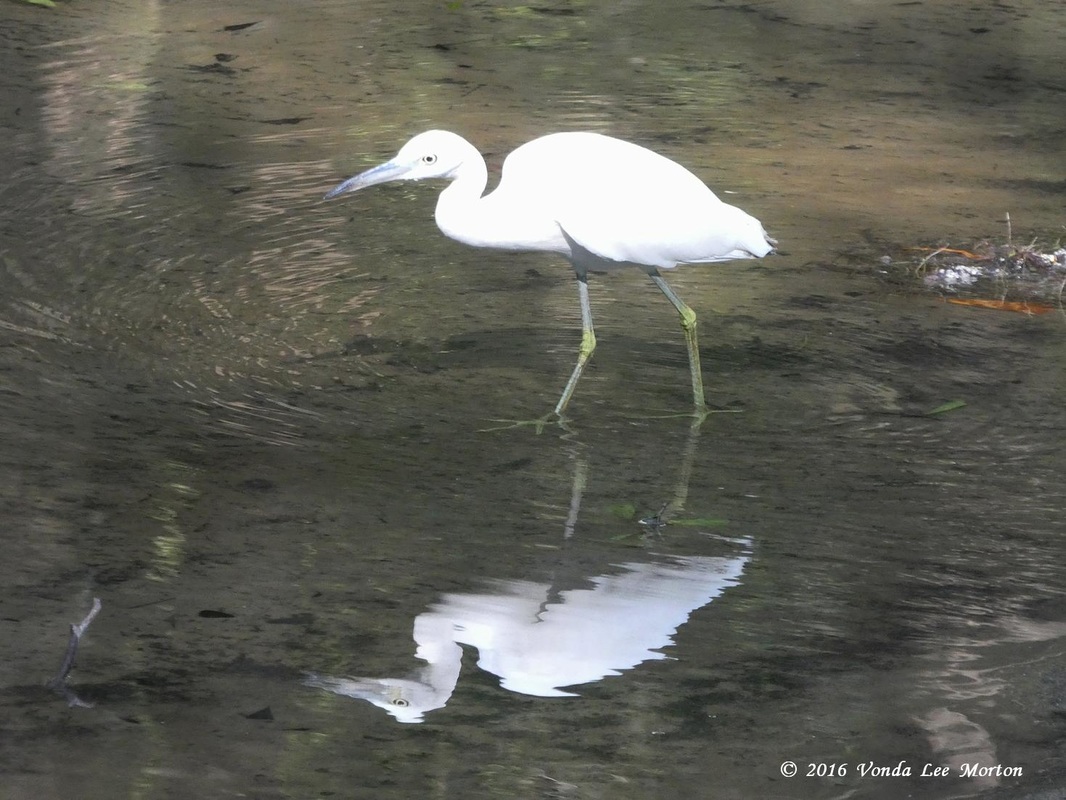
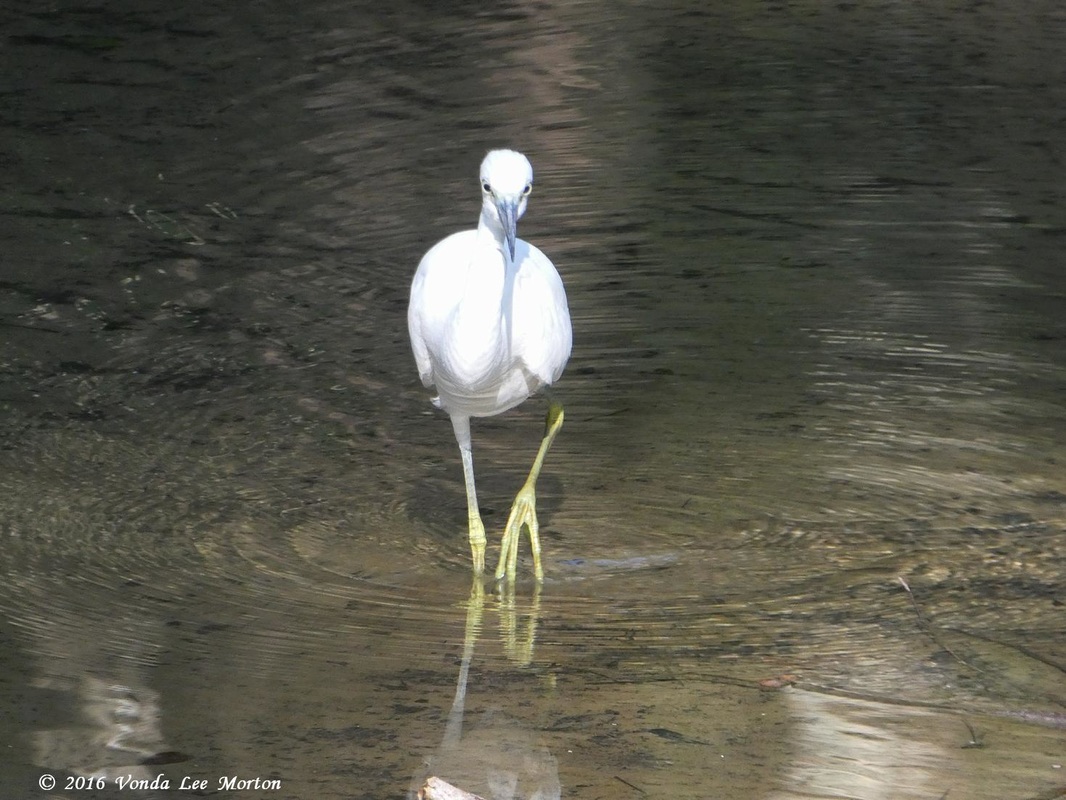
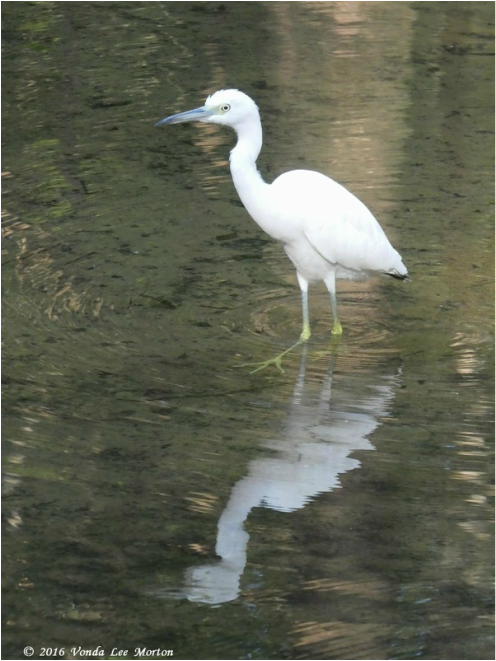
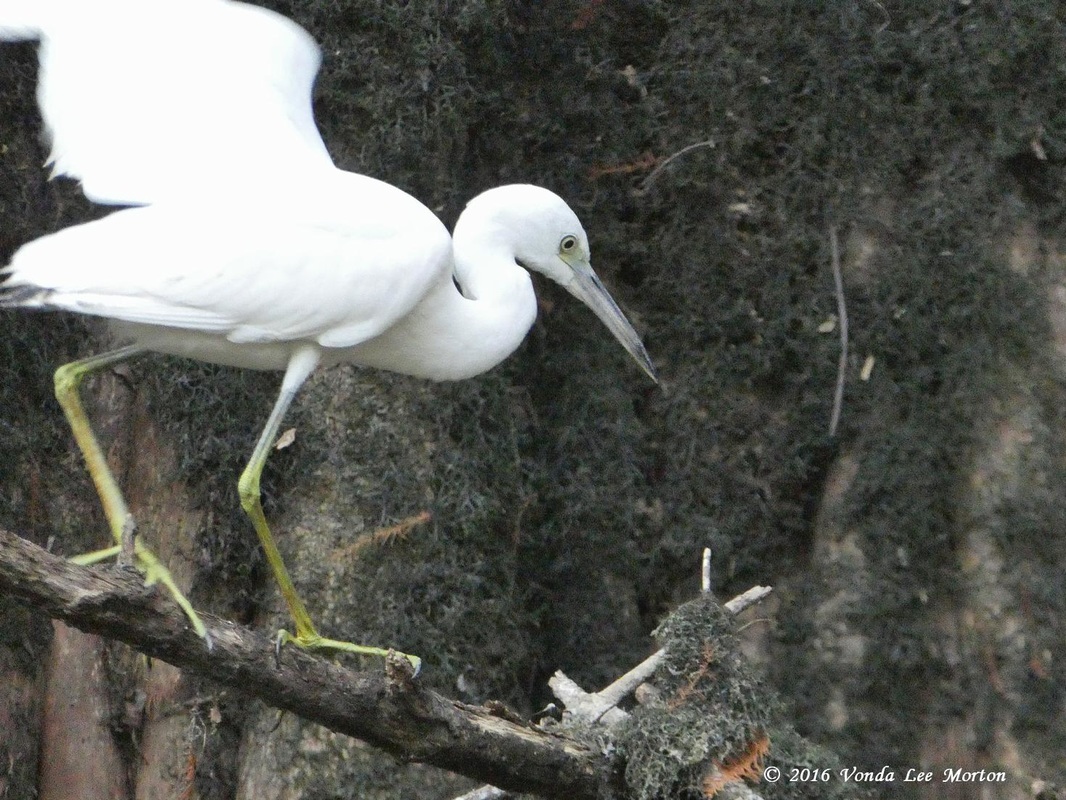
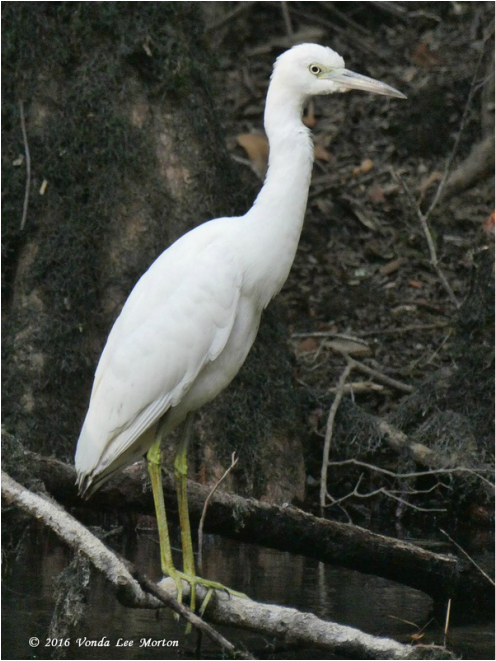
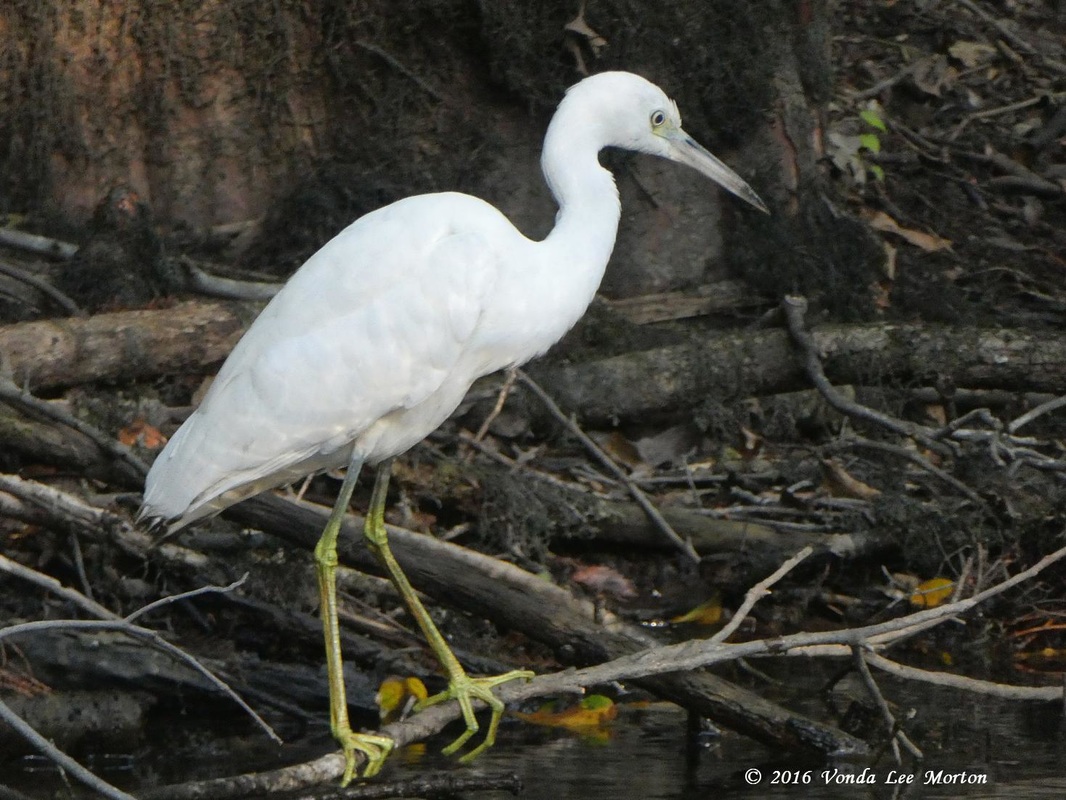
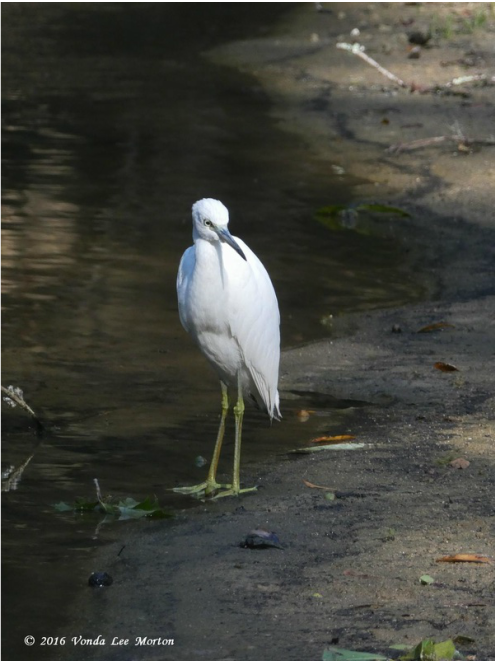
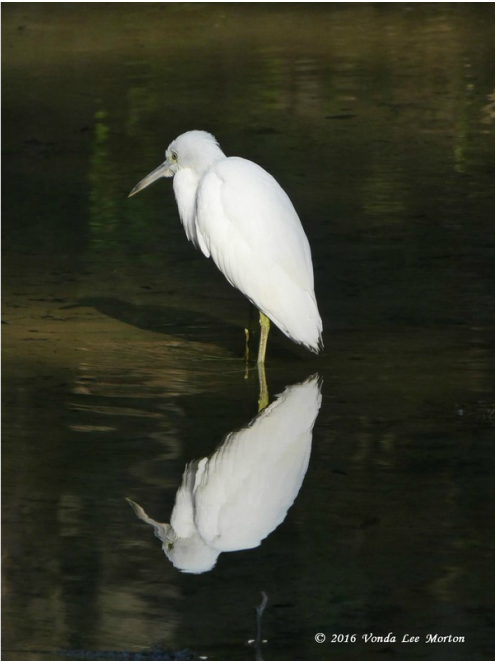
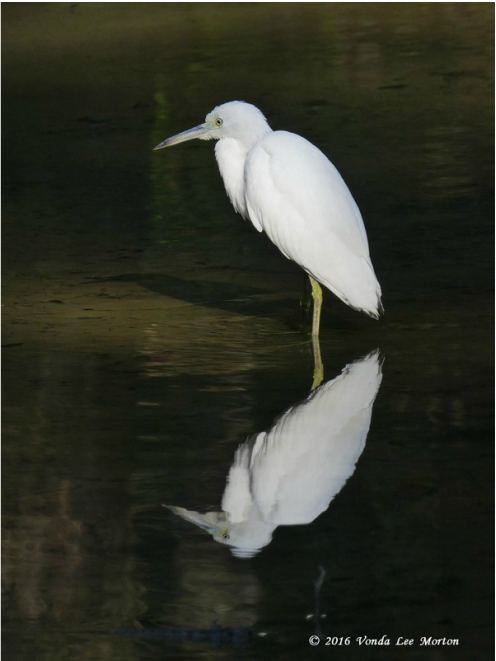
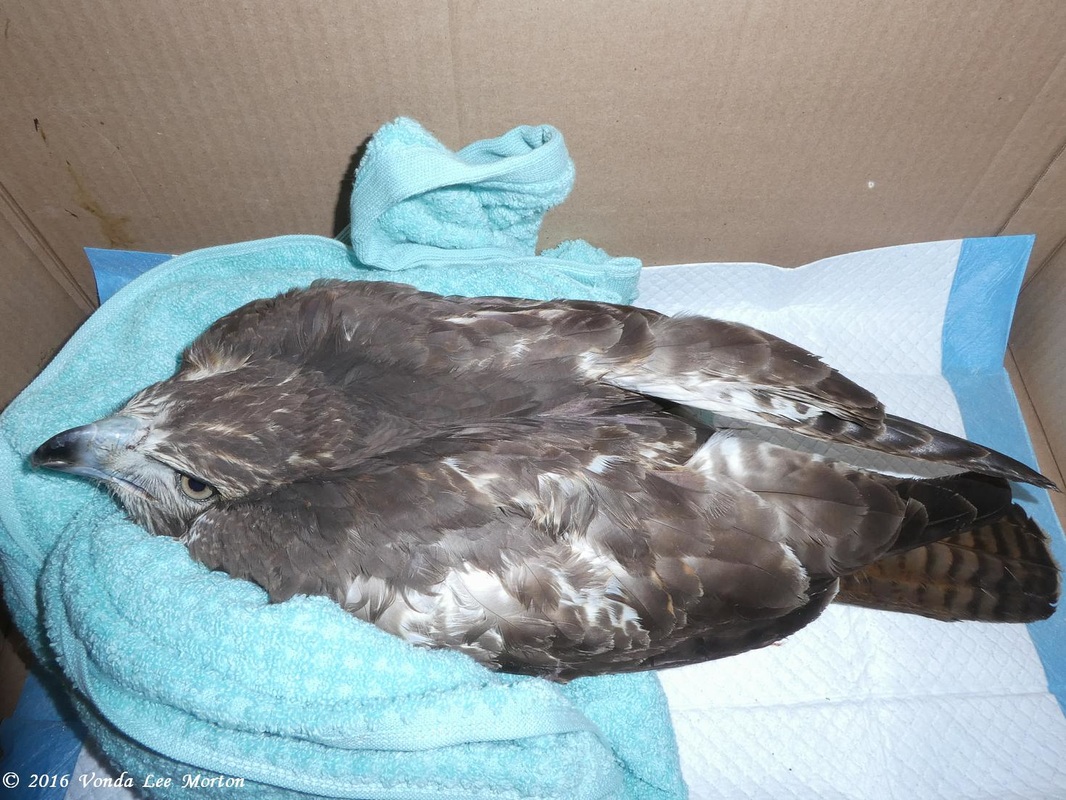
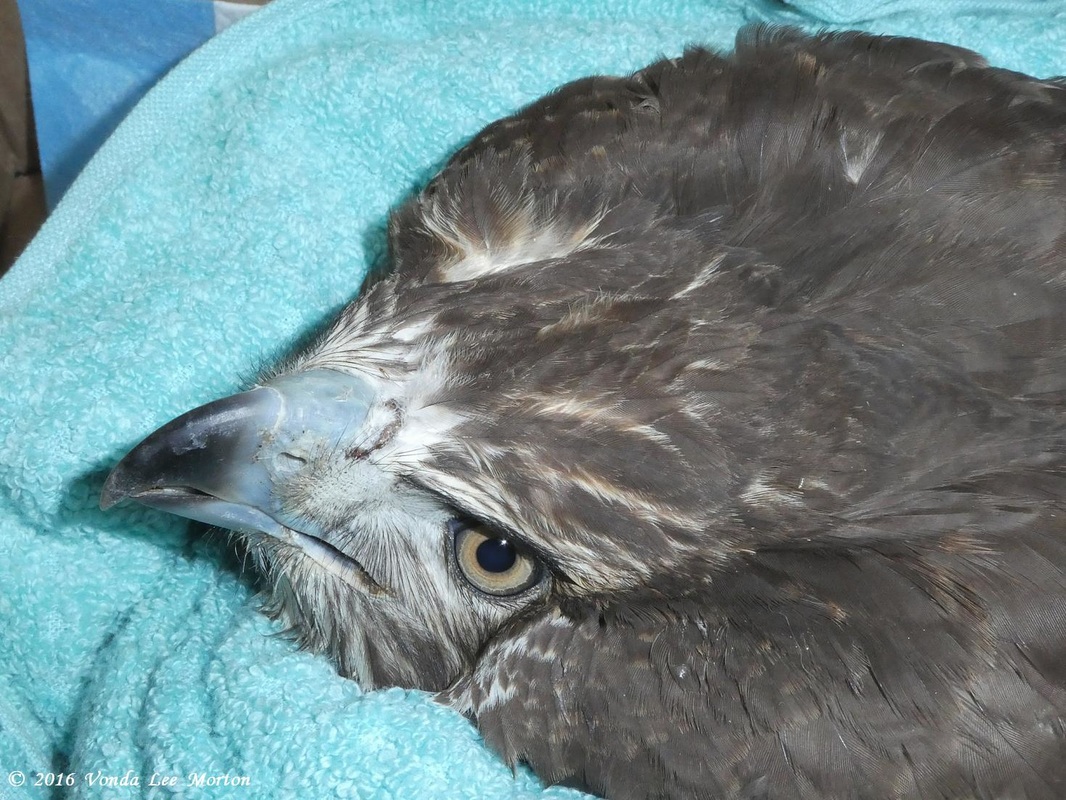
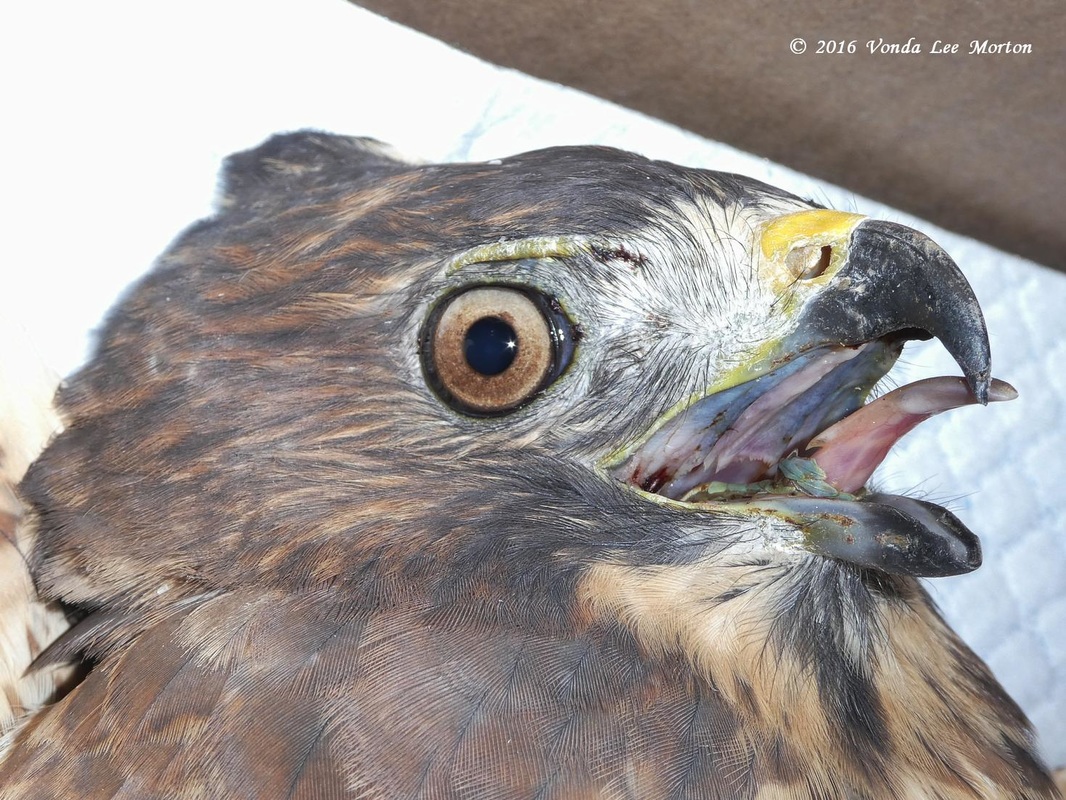
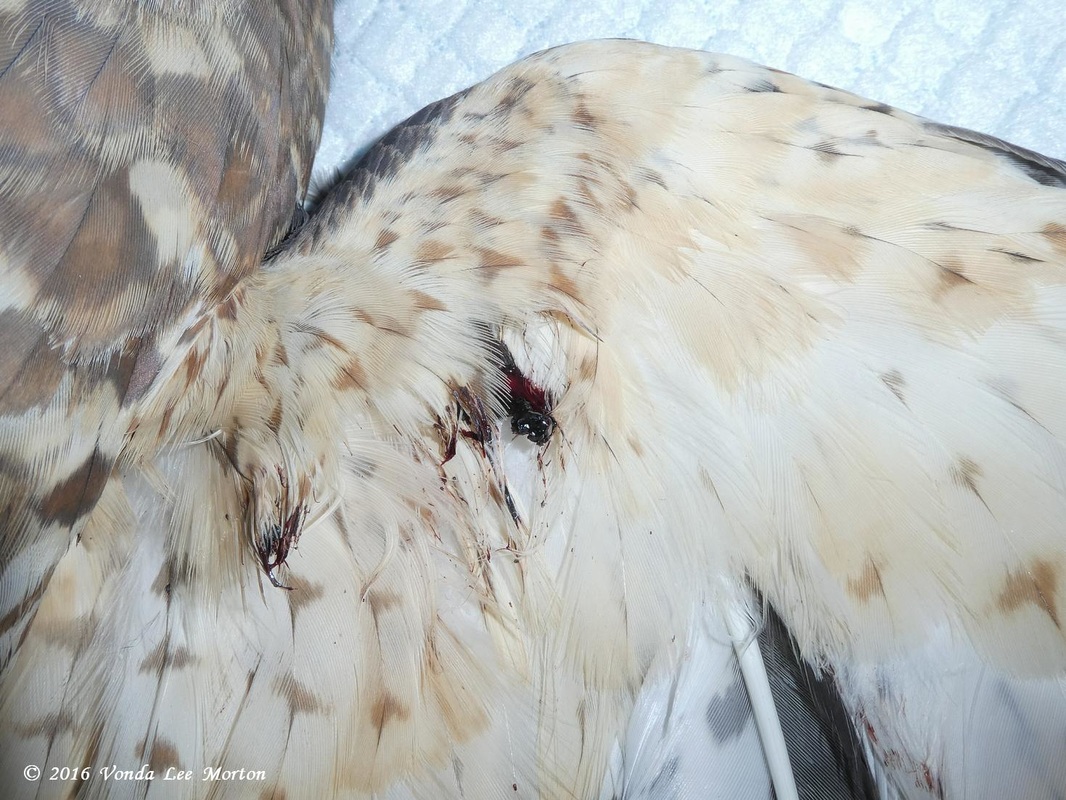
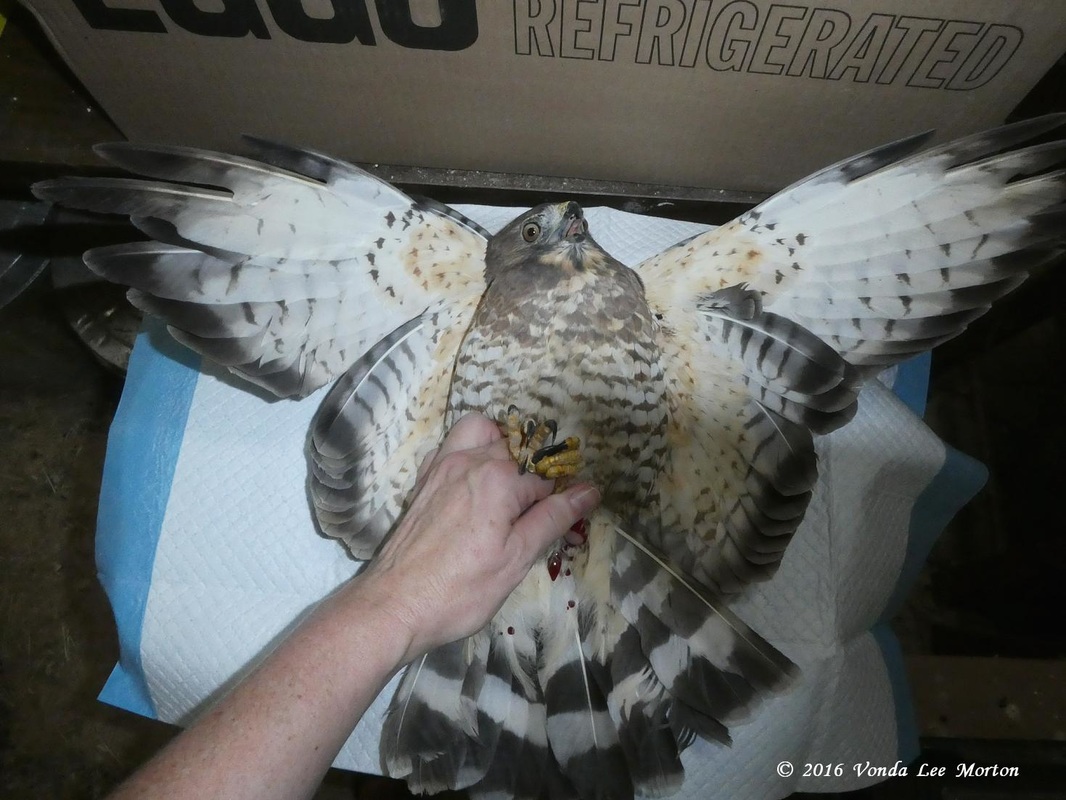
 RSS Feed
RSS Feed
